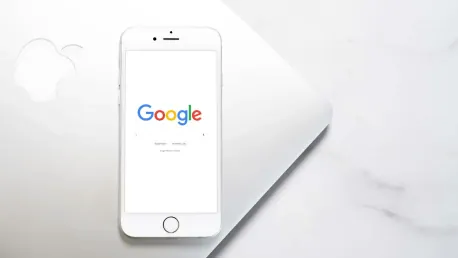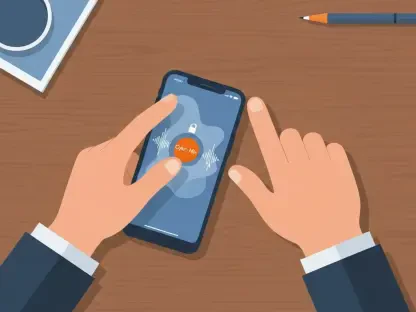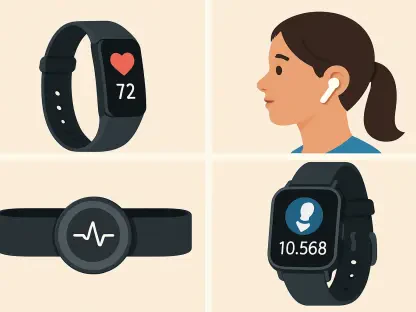Modern work environments and interconnected technologies have brought about the need for seamless multi-device communication solutions. Sending and receiving text messages from a computer can significantly enhance productivity and convenience for many users. Google Messages offers such a solution, allowing users to compose, read, and manage text messages directly from their web browsers. With this capability, everyday tasks can be facilitated more efficiently, and interactions can be managed through a familiar interface on a larger screen.
1. How to Set Up Google Messages on Your Computer
To use Google Messages from a computer, it is necessary to pair the Google Messages app on the phone with a web browser. The process is straightforward and can be completed in a few simple steps. First, open Google Messages for Web on the computer, where a QR code will be displayed. Users should choose “Pair with QR code” if the QR code is not immediately visible. For greater ease of access, users can enable the “Remember this computer” option, thus avoiding the need to repeat the pairing process each time.
Next, the user should open the Google Messages app on their phone and navigate to the device pairing section. Tapping the profile photo leads to the “Device pairing” option, where they can select “QR code scanner.” If this option is not available, switching to QR pairing may be required first. The phone’s camera should then be used to scan the QR code displayed on the computer. The QR code capture happens automatically, without needing to take a picture or perform any additional actions.
After the successful pairing, Google Messages for Web will open, displaying all the existing conversations from the phone. This seamless integration allows users to access their chats, respond to messages, and manage contacts just as they would on their mobile devices.
2. Features and Functionalities
When using Google Messages on a PC, users can access several key features similar to those found in the mobile app. From the computer, they can send, read, and copy text messages, as well as send emojis, stickers, GIFs, and files. Users can also react and reply to specific messages within a conversation, archive and mute conversations, and mark messages as unread. Theme customization, notifications, and control over Rich Communication Services (RCS) features, such as read receipts, are also available. Additionally, keyboard shortcuts enable quicker navigation through the messaging interface.
While users can perform many essential tasks through Google Messages for Web, certain functionalities are exclusive to the mobile app. For instance, only the mobile app allows sending contacts, location details, and voice recordings. Additional mobile-exclusive features include Magic Compose, the ability to create selfie GIFs, and the options to star and forward conversations. Moreover, users can pin conversations and block and report spam on the mobile app, features that are presently unavailable in the web version.
Despite the absence of some advanced features in the web version, it effectively meets basic texting needs. The convenience of using a larger screen and a full-size keyboard makes Google Messages for Web a valuable alternative for users who spend significant time at their computers.
3. Managing Device Pairing and Security
Maintaining the security of private conversations is essential, especially when using shared or public computers. Users should be cautious about leaving their Google Messages account logged in to prevent unauthorized access to their messages. Fortunately, signing out from Google Messages for Web is a simple process that can be done directly from the computer or the phone.
To sign out from a computer, users can click on the three dots above the list of conversations and choose to unpair the device. This action will instantly disconnect the sessions and prevent any further access to messages from that computer. Users can also manage their paired devices through their phone. By returning to the “Device pairing” screen in Google Messages, they can select “Unpair all devices” to disconnect all active sessions.
Taking these steps ensures that private conversations remain secure even when using Google Messages across multiple devices. The ability to control device pairing and instantly revoke access if needed provides an added layer of control and security for users.
Ensuring Effective Use of Google Messages
In today’s modern work environments, the proliferation of interconnected technologies has generated a demand for seamless multi-device communication solutions. These solutions are pivotal for enhancing productivity and convenience, particularly for users who frequently handle text messages. One prominent example is Google Messages, which provides a streamlined way to send, receive, compose, and manage text messages directly from a computer’s web browser.
This capability significantly boosts efficiency by allowing users to handle text-based interactions through a familiar interface on a larger screen. Instead of toggling between devices, users can manage their messaging needs in a cohesive, centralized manner, supporting both personal and professional communication tasks. Embracing such technology ensures smoother workflows, making everyday tasks less cumbersome and enhancing overall productivity. With Google Messages, one can effortlessly maintain communication, contributing to a more connected and efficient digital work environment.









